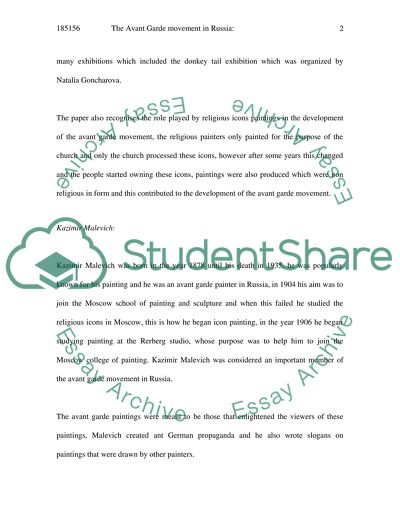Cite this document
(“The Avant Garde Movement in Russia Essay Example | Topics and Well Written Essays - 3000 words”, n.d.)
Retrieved de https://studentshare.org/architecture/1513441-the-avant-garde-movement-in-russia
Retrieved de https://studentshare.org/architecture/1513441-the-avant-garde-movement-in-russia
(The Avant Garde Movement in Russia Essay Example | Topics and Well Written Essays - 3000 Words)
https://studentshare.org/architecture/1513441-the-avant-garde-movement-in-russia.
https://studentshare.org/architecture/1513441-the-avant-garde-movement-in-russia.
“The Avant Garde Movement in Russia Essay Example | Topics and Well Written Essays - 3000 Words”, n.d. https://studentshare.org/architecture/1513441-the-avant-garde-movement-in-russia.


